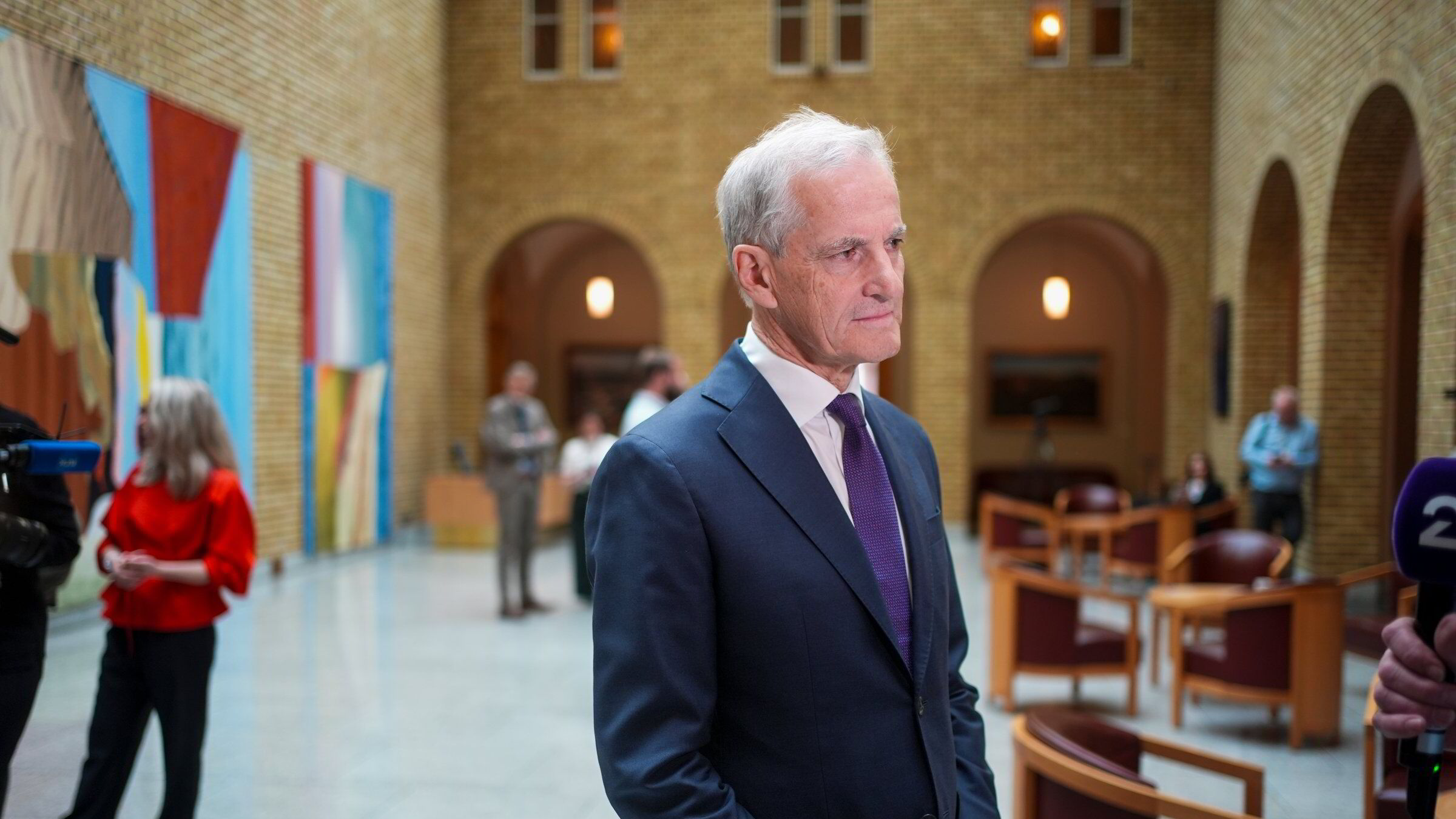A piece of classical music is to be played into space to celebrate the 200th anniversary of the birth of its composer and the 50th year of the European Space Agency (ESA).
The Blue Danube, by Johann Strauss, will be beamed into the cosmos as it's performed by the Vienna Symphony Orchestra on 31 May, and livestreamed with free public screenings in Vienna, Madrid, and New York.
To avoid any technical issues, a pre-recorded version from the orchestra's rehearsal on the day before will be played out, while a live performance provides the accompaniment.
The music, which famously featured in Stanley Kubrick's 1968 movie, 2001: A Space Odyssey, will pass the moon in just 1.5 seconds.
Starting from the ESA's big antenna dish in Spain, part of the agency's deep-space network, it will pass Mars in 4.5 minutes, Jupiter in 37 minutes and go past Neptune in four hours.
If all goes to plan, NASA's Voyager 1, the world's most distant spacecraft, will be reached within 23 hours, when the signals will be more than 15 billion miles in interstellar space.
Tourism officials in Vienna, where Strauss was born in October 1825, said broadcasting "the most famous of all waltzes" into space corrects the "cosmic mistake" of his music being left out of previous interstellar broadcasts.
Strauss was overlooked almost 50 years ago, when the Voyager Golden Records were played out on gold-plated copper phonograph records installed in NASA's Voyagers 1 and 2.
The records contain sounds and images of Earth as well as 90 minutes of music. The late astronomer Carl Sagan led the committee that chose works by Bach, Beethoven, Mozart and Stravinsky, along with modern and Indigenous selections.
Strauss was among those omitted from the 1977 broadcasts.
NASA celebrated its 50th anniversary in 2008 by transmitting The Beatles' Across The Universe directly into deep space, and last year the agency beamed up Missy Elliott's The Rain (Supa Dupa Fly) towards Venus.

 4 months ago
176
4 months ago
176




















 English (US) ·
English (US) ·